A great before-and-after photo can be wildly convincing. You see them everywhere: aesthetic medicine, dermatology, dentistry, fitness, hair restoration, home renovation, consumer products. They often pass as “proof.” But here’s the thing—photos are visual anecdotes. They can teach. They can also mislead if you strip away context or cut corners on how they’re taken.
This guide breaks down what these images can and can’t tell you, how technical choices shape what you think you see, and how to review them with a professional’s eye. If you lean on before-and-afters to make decisions—personally or for your organization—use this as your field manual for separating signal from noise.
This guide breaks down what these images can and can’t tell you, how technical choices shape what you think you see, and how to review them with a professional’s eye. If you lean on before-and-afters to make decisions—personally or for your organization—use this as your field manual for separating signal from noise.
What Before-and-After Photos Can and Cannot Prove
Before-and-afters are useful, but they sit low on the evidence ladder. Knowing their lane helps you avoid overconfidence.
Use cases: visualization vs. proof of efficacy
- Photos can show the character of change: smoother texture, less pigmentation, straighter teeth, better symmetry, fuller hairlines, tighter jawlines. They help calibrate expectations (“this is the kind of change we aim for”) and support shared decision-making.
- But they are not controlled experiments. With no comparator or standardized measurement, you can’t infer causality—only that someone looked different at two points in time.
Limits: durability, function, and the unknowable “what if”
- Durability: A two-week post-op “after” might show swelling or temporary tautness that fades. A fitness “after” could reflect short-term glycogen fullness and dehydration—not lasting fat loss.
- Function: Photos rarely show function—how a joint moves, how a scar feels, whether breathing improved after rhinoplasty, or how skin handles sun post-treatment.
- Counterfactuals: We don’t know what would’ve happened without the intervention. Acne fluctuates. Hair cycles shift. Scars remodel over 6–18 months. Regression to the mean can look like improvement.
Where images fit in the hierarchy of evidence
Think of photos as case reports—great for hypothesis generation, low on the evidence scale compared to randomized trials, standardized registries, and objective measurements. They complement data; they don’t replace it.
Expectations and individual variability
Baseline anatomy, skin type (Fitzpatrick I–VI), age, hormones, smoking, medications, genetic scarring tendencies—these all shape outcomes. Two people can get the same treatment and land in very different places. Photos are examples, not guarantees.

Technical Variables That Change How Results Appear
Tiny capture choices can dramatically change appearances. Always ask: what else changed besides the subject?
Perspective and lens effects: focal length, distance, distortion
- Wide-angle lenses (common on phones at ~24–28 mm equivalent) exaggerate whatever’s closest—noses get bigger, foreheads bulge, waists curve. Longer focal lengths (85–105 mm) shot from farther away compress perspective and preserve facial/body proportions.
- Camera height matters. Shoot a torso from above and the waist narrows; shoot from below and the lower body expands.
- Distance affects depth of field and sharpness, which changes how skin texture reads.
Light and color: direction, white balance, dynamic range
- Direction: Side light creates shadows that emphasize pores and wrinkles; soft frontal light flattens texture and hides imperfections.
- White balance: Warmer settings mute redness; cooler settings can exaggerate it. If white balance isn’t consistent, color claims (less erythema, fewer brown spots) are shaky.
- Exposure and dynamic range: Overexposure can blow out highlights and “erase” pores or scars; underexposure deepens shadows to dramatize fat loss or muscle definition. Polarized light cuts glare and can reveal or hide subsurface pigment depending on setup.
Framing, pose, and alignment: posture, camera height, cropping
- Posture shifts (scapular retraction, pelvic tilt), breath-holding, flexing—huge impact on contour. Smiling lifts the midface and changes nasolabial folds; neutral expression is non-negotiable.
- Misalignment (tilt, rotation) changes jawlines and noses. Floor markers and a fixed camera height help.
- Aggressive cropping can strip away context (lighting, background) that would expose inconsistencies.
Image processing: retouching, filters, compression
- Skin-smoothing filters, contrast boosts, color grading—these can create or amplify differences. Even “auto enhance” on phones tweaks tone and clarity.
- Heavy JPEG compression softens fine detail and can hide acne or scars. RAW capture with consistent processing preserves detail and metadata.
- Ethical sets disclose whether images are unretouched. In some places, ads must say so by law.
Standards for Methodologically Sound Before-and-Afters
Serious organizations borrow from clinical photography. Look for these tells:
- Consistent capture protocol: background, distance, angles, markers
- Neutral, matte background (gray or blue) to avoid color contamination and distractions.
- Fixed camera-to-subject distance and focal length; use a tripod and floor marks.
- Standard angles (faces: frontal, 45° obliques, 90° profiles; body: frontal, lateral, posterior).
- Level horizon, centered subject; a grid or spirit level prevents tilt.
- Include a scale or anatomical markers when size changes matter.
Timing and baseline equivalence: healing phases and comparable states
- Get a true baseline—not an artificially “bad” day. For acne, don’t compare a flare to a quiet period.
- Match physiology: time of day (morning edema vs. evening), menstrual cycle timing, pre-/post-shave for beards.
- Choose intervals that fit biology:
- Dermal fillers: 2–4 weeks (after swelling), plus 6–12 months for durability.
- Laser resurfacing/peels: 3–6 months for collagen remodeling.
- Hair restoration: 6–12 months for visible density after growth cycles.
- Body contouring: 3–6 months for final contour post-swelling.
Control confounders: makeup, tanning, swelling, pump, clothing
- No makeup, self-tanner, or highlighters; consistent skincare and grooming (hair pulled back, same part).
- No “pump” shots right after a workout; no dehydration tricks.
- Same or similar clothing that doesn’t compress or hide treated areas.
- Consistent lighting, camera, lens, and processing across sessions.
Sample selection: consecutive cases and representative cohorts
- Show consecutive or randomly sampled cases—not just the unicorns.
- Display the spread—typical, best-case, and less-than-ideal—and disclose complication rates when relevant.
- For practices, cohort summaries with averages and ranges beat highlight reels every time.
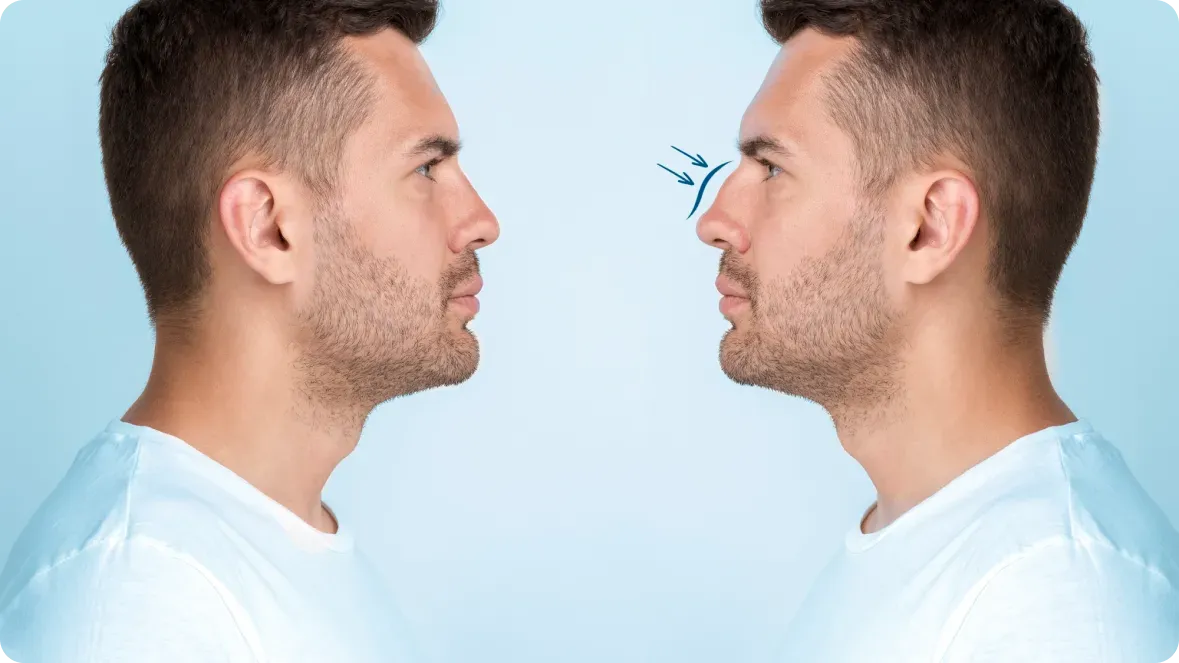
Interpreting Outcomes with Metrics and Context
Photos gain power when paired with objective measurements and well-defined subjective reports.
Objective vs. subjective endpoints—and how to read both
- Objective: circumference reduction, lesion counts, hair density per cm², scar length/area, DEXA fat mass, 3D volume changes, melanin/erythema indices.
- Subjective: patient-reported outcome measures (PROMs) and clinician scales—GAIS, FACE-Q, POSAS, acne IGA.
- Neither stands alone; objective shifts should line up with meaningful patient benefit.
Quantifying change: scales, volumetrics, software-assisted analysis
- Standardized scales boost comparability:
- Acne counts and IGA; Melasma Area and Severity Index (MASI).
- Cellulite scales; wrinkle grading systems.
- 3D stereophotogrammetry and structured-light scanners measure volume (e.g., cheek augmentation) with millimetric precision.
- Digital planimetry quantifies wound/scar areas; phototrichograms count hairs.
- Report absolute and relative changes—and, when possible, the minimal clinically important difference (MCID) to separate “noticeable” from “nice but trivial.”
Time horizons and durability: immediate, intermediate, long-term
- Immediate photos can mislead—edema, erythema, temporary skin tension.
- Intermediate (weeks to months) shows stabilized results.
- Long-term (6–24 months) reveals durability and later effects (pigment shifts, scar maturation, filler resorption, weight regain).
External validity: who this likely applies to
- Baseline severity, age, sex, ethnicity/skin type, comorbidities—these shape response and risk.
- Technique and operator skill matter—settings, depth, product choice aren’t interchangeable.
- Comparing providers or products? Favor datasets that stratify by subgroups and disclose protocols.
Spotting Bias, Misrepresentation, and Marketing Spin
A little skepticism goes a long way. Train your eye.
Red flags: posture tricks, camera tilt, strategic shadows
- Lighting changes—“after” is brighter and more frontal.
- Camera height or distance shifts—the “after” is closer (bigger, sharper).
- Posture/expression—slouching vs. standing tall, frowning vs. smiling, relaxed belly vs. sucked in, arm placement hiding flanks.
- Oiled or wet skin in the “after” to pop definition; self-tanner masking redness.
- Inconsistent grooming (hairline, beard, makeup) and clothing that compresses or conceals.
- Cropping that removes reference points or the lighting environment.
Cognitive biases and testimonial pull
- Anchoring: the first image frames expectations.
- Confirmation bias: we read ambiguous differences as proof.
- Halo effect: a charismatic story makes results feel better.
- Survivorship bias: only wins get shown; misses disappear.
- Regression to the mean: extreme baselines drift toward average—intervention or not.
Provenance checks: timestamps, EXIF, reverse search
- Ask for dated originals; metadata (EXIF) can show capture date, camera, lens, edits—though platforms often strip it.
- Reverse image search (Google Images, TinEye) can flag stock photos or recycled images.
- Look for consistent series across angles and timepoints—not isolated hero shots.
Due diligence questions for clinicians, brands, influencers
- What capture protocol do you use (lighting, lens, distance, background)?
- Are these consecutive cases? What percentage of patients see similar results?
- What objective measures and validated scales accompany these photos?
- What’s the timeline to the “after” shown, and how durable are results?
- What are common adverse effects or outliers—can I see examples?
- Are images unretouched? Will you share originals on request (with consent)?
Practical example: reading a skincare before-and-after
- The “after” is shot with soft frontal light; the “before” uses side light. Texture looks improved—but that may just be lighting.
- The “after” is warmer in white balance, which mutes redness.
- The subject is wearing foundation post-treatment.
- No objective measures (erythema index, lesion counts) are provided.
Conclusion: Not enough evidence of product efficacy. Ask for standardized photos and matched metrics.
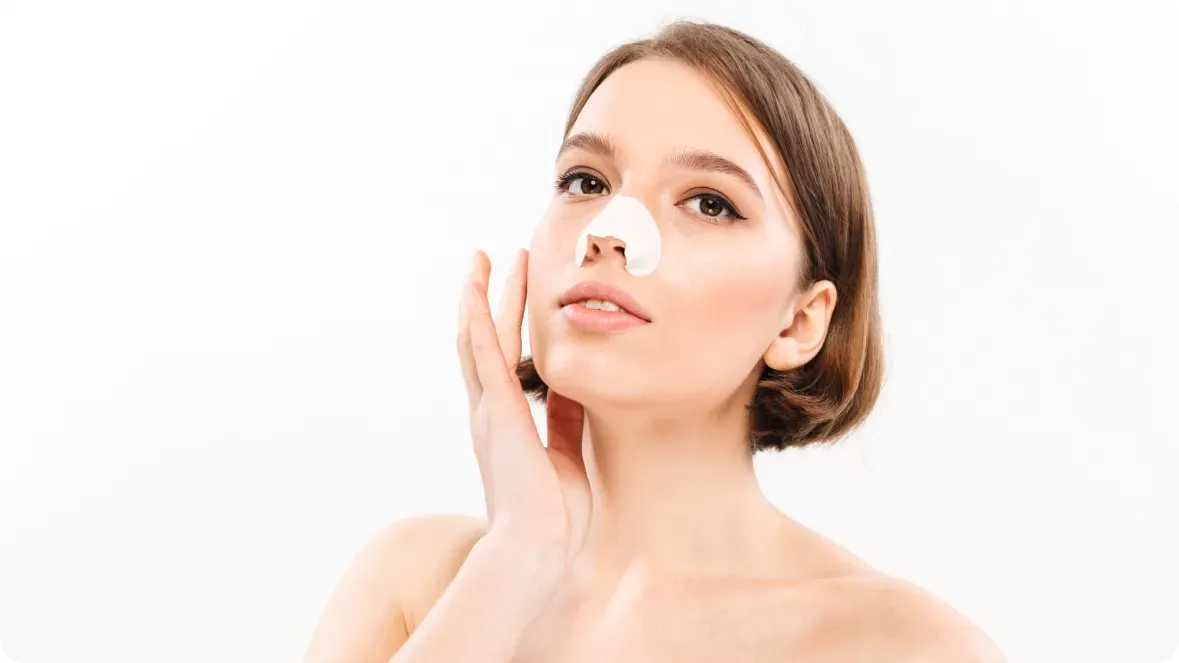
Conclusion
Before-and-afters are powerful storytelling tools—but not scientific proof on their own. Used as qualitative illustrations within a structured framework, they set realistic expectations and support informed choices. Treated as definitive evidence, they can mislead even savvy viewers.
Adopt a protocol-first mindset: consistent capture, right timing, controlled confounders, representative sampling. Pair images with objective measures and validated patient-reported outcomes. Think about durability, function, and generalizability—not just the instant “wow.” And keep an eye out for technical tricks and cognitive biases that nudge perception.
The goal isn’t cynicism—it’s clarity. Ask better questions. Demand methodological rigor. The real results rise to the top. That rewards practitioners who uphold standards, brands that deliver, and consumers who deserve transparency.
Adopt a protocol-first mindset: consistent capture, right timing, controlled confounders, representative sampling. Pair images with objective measures and validated patient-reported outcomes. Think about durability, function, and generalizability—not just the instant “wow.” And keep an eye out for technical tricks and cognitive biases that nudge perception.
The goal isn’t cynicism—it’s clarity. Ask better questions. Demand methodological rigor. The real results rise to the top. That rewards practitioners who uphold standards, brands that deliver, and consumers who deserve transparency.
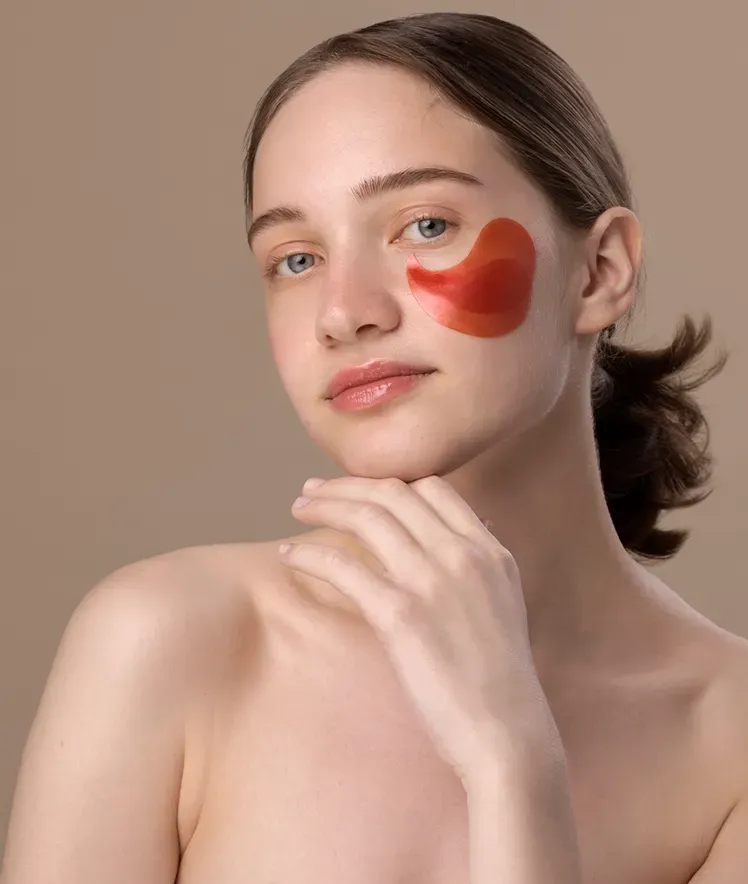
Schedule Your Appointment with Dr. Mourad
If you are considering facial plastic surgery and want results that enhance your natural beauty without looking overdone, schedule a consultation with Dr. Moustafa Mourad today. You will receive personal, expert guidance at every step—from your first visit to your final result.
From Our Blog
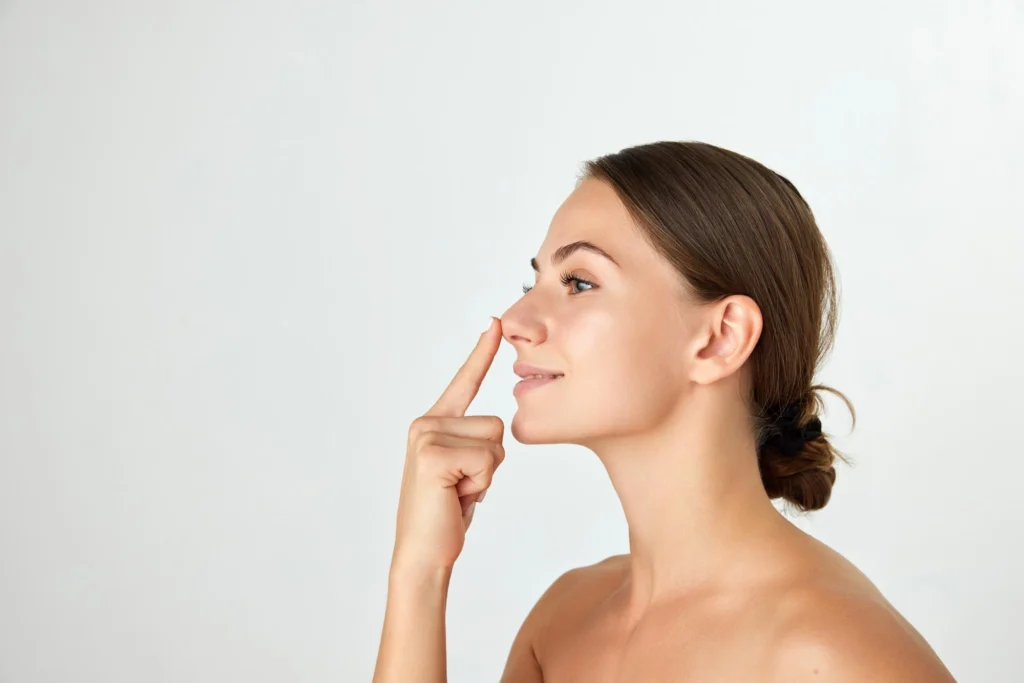
November 7, 2025 | Dr. Moustafa Mourad | Uncategorized
How Long Until the Final Result? The Truth About Swelling, Shape Changes, and Patience After Rhinoplasty — Managing Expectations
Rhinoplasty is both a structural procedure and a healing journey. Everyone wants to know: when will I see “the final nose”? Fair question—just not a simple one. Bones, cartilage, skin, and mucosa recover on different timelines; swelling fades in waves; and the tip keeps evolving long after the splint comes off. The good news? When expectations match biology and timing, uncertainty turns into confidence. Here’s what happens, why it happens, and how to navigate the process with realistic checkpoints and smart strategies.
READ THE ARTICLE
November 7, 2025 | Dr. Moustafa Mourad | Uncategorized
Revision Rhinoplasty: Why Some Patients Need a Second Nose Job and What to Ask — Less Common but High Value
Elective rhinoplasty is one of the most technically demanding operations in facial plastic surgery. Even when everything goes “right,” tiny asymmetries, how scars mature, or lingering breathing issues can blunt an otherwise good first result. Most people are happy after their primary surgery. But a meaningful minority—often quoted in the literature as about 5–15%—consider a revision.
READ THE ARTICLE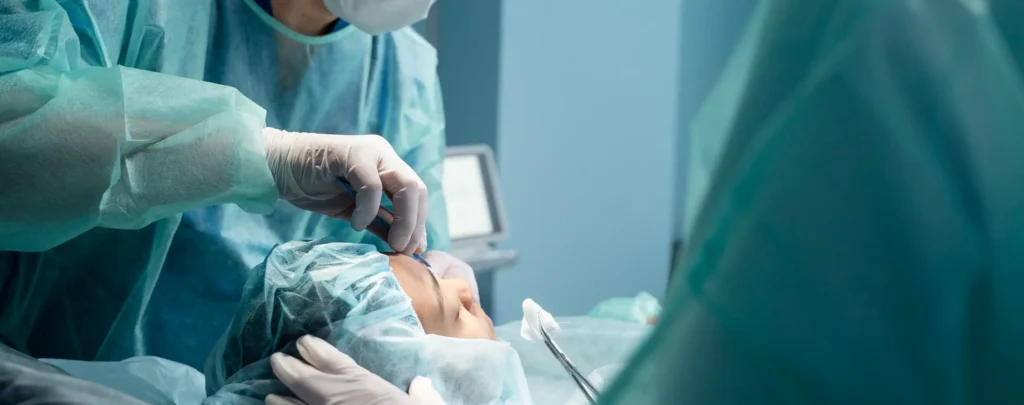
November 7, 2025 | Dr. Moustafa Mourad | Uncategorized
What Age Is Appropriate for Rhinoplasty? Teen Patients and Adults — Evidence-Based, Age-Related Considerations
Rhinoplasty is one of the most personalized procedures in facial plastic surgery. Age matters—a lot. Not just the number on a birth certificate, but where someone is in facial growth, psychological readiness, and overall health. This guide pulls together the current thinking on how age affects candidacy and planning, comparing teen and adult patients and laying out practical safeguards that keep results safe, predictable, and natural.
READ THE ARTICLE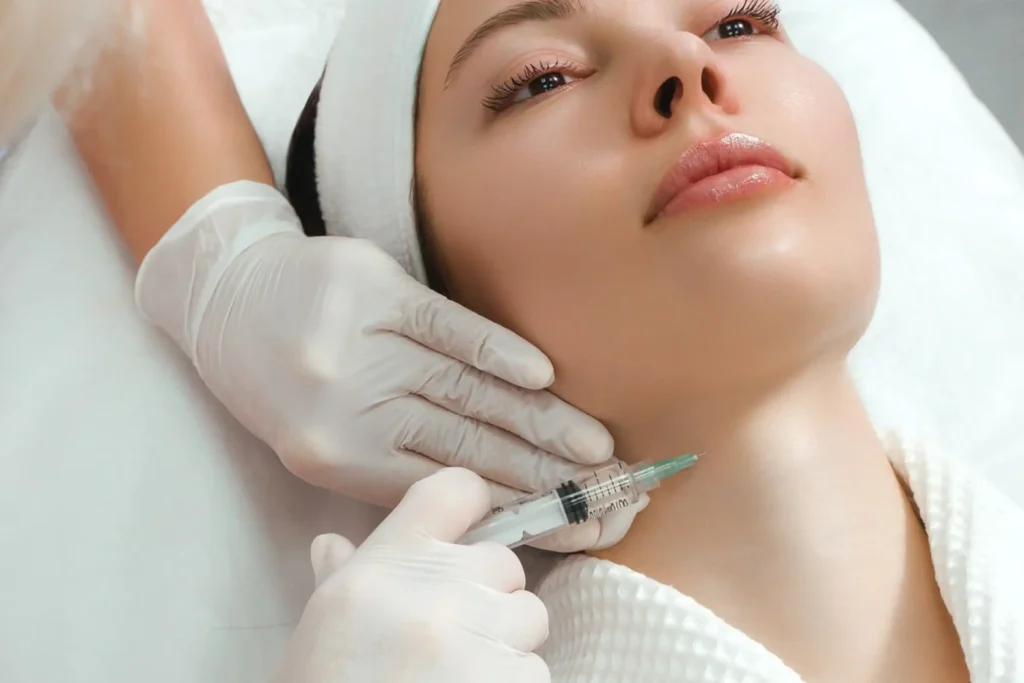
November 6, 2025 | Dr. Moustafa Mourad | Uncategorized
The Role of Skin Thickness, Nasal Cartilage, and Bone Structure in Your Rhinoplasty Outcome — An Anatomical Deep‑Dive
Every patient wants to know how long recovery will take after their facial plastic surgery procedure. The answer is that recovery isn’t the same for everyone. The timeline depends on the type of facial plastic surgery you choose, your individual healing response, and how closely you follow aftercare instructions. While some procedures allow you to return to regular activities within a week, others require several weeks before you feel fully comfortable in public. The key is understanding that recovery is a process, and each stage brings you closer to the final results you’re excited to see.
READ THE ARTICLE